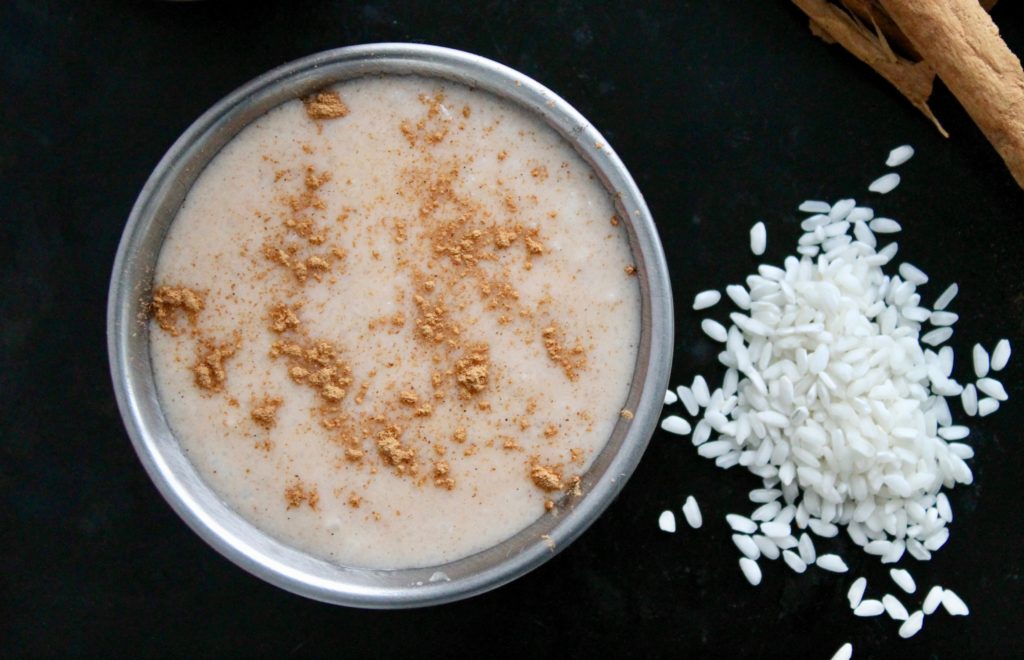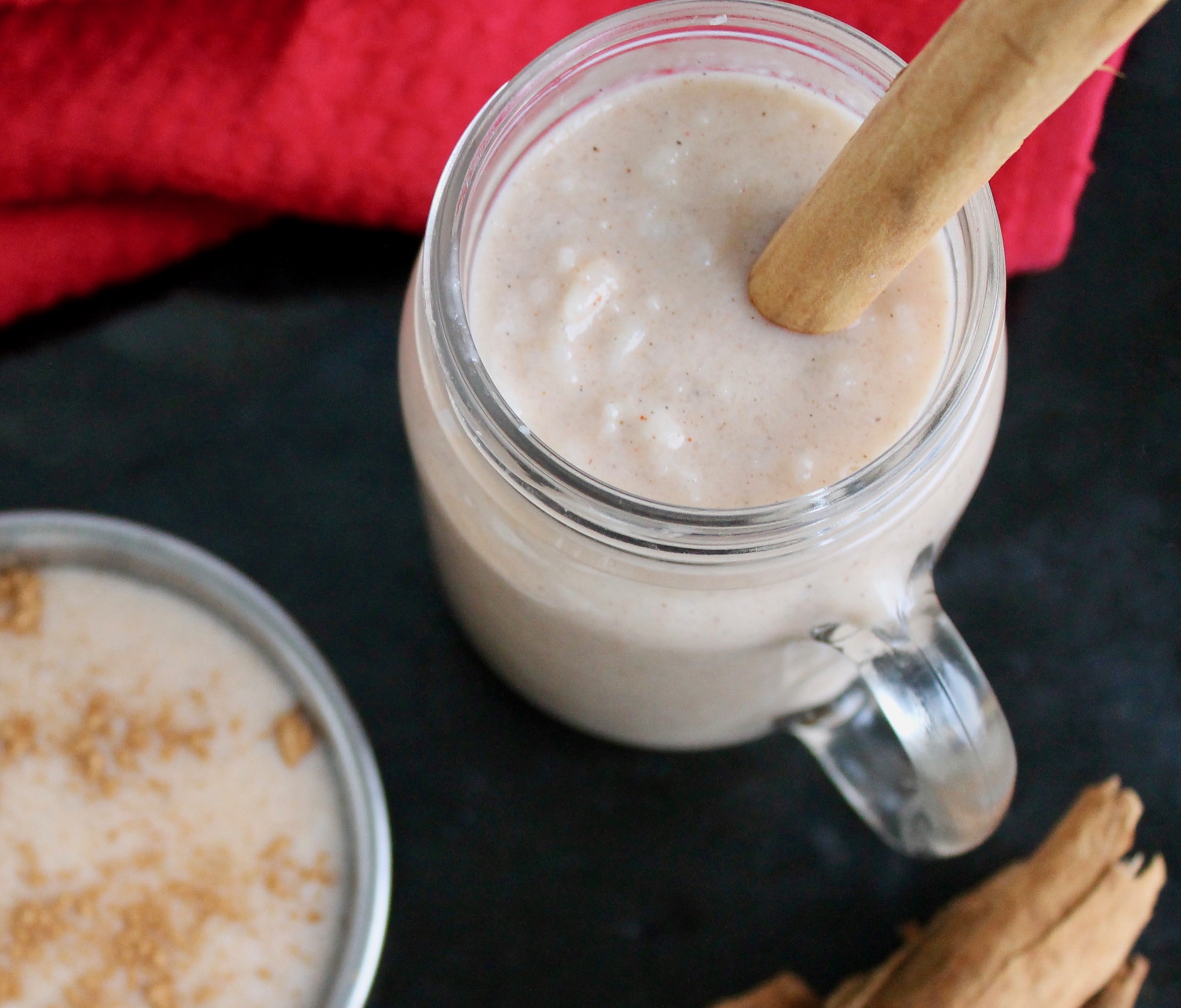GERD and reflux is one of the most common digestive complaints. It’s incredibly uncomfortable and can negatively impact quality of life. While prescription and over the counter acid blocking medications are top sellers, they’ll never fix the cause of heartburn. They are just band aid solutions that could be harmful.
Tums, for example, contains aluminum, which can build up in the bodies of people who don’t detox well due to genetic. I am one of those people. My testing revealed high aluminum levels after frequent usage of Tums years prior.
These days, people are looking for sustainable and natural solutions to relieve digestive problems when conventional methods don’t work.
I just finished writing a book about using diet to relieve GERD and reflux naturally. It has 100 recipes and information about what causes GERD and how to control symptoms with food.
GERD is a diagnosis that describes chronic reflux that occurs three times a week or more.
I wrote the book for a publisher that wanted the focus to be on food, so I was only able to include one paragraph about the root causes of reflux.
But here, I’m giving a whole picture view of reflux/GERD, from how to eat and sooth symptoms to how to fix the problem that could be causing it.
And at the bottom of this post, I including a GERD-friendly recipe from my treat cookbook for people with digestive issue, Treats That Heal.
Mainstream theory about GERD and reflux
Most doctors believe GERD is caused by high stomach acid and a loose or lazy LES (lower esophageal sphincter). The LES is a muscle that tightly seals the stomach off from the esophagus and prevents acid from flowing up the pipe. With GERD and reflux, the LES does not properly seal.
Foods that encourage the LES to relax and loosen are:
Chocolate
Caffeine
Spicy foods (hot peppers)
Fatty foods
Acid foods like citrus (lemon and limes) and tomatoes
Onions and garlic
Carbonated beverages
Mint
Alcohol
Things that help tone the LES and keep it tightly shut are foods that are high in fiber like veggies and oatmeal as well as bananas, lean protein, white rice and ginger.
While this diet may help with symptoms, you are stuck in food jail. And that takes a toll.
If you want to be able to go out to eat or have an occasional cocktail without flaring symptoms I believe addressing the root cause of the problem.
Functional medicine view of reflux
There’s an alternate theory in functional medicine, that it is low stomach acid and NOT high stomach acid that causes GERD and reflux.
The idea is that the LES gets loose when stomach acid secretion are lower than normal. And that a sufficient level of acid is what signals the LES to stay tightly shut.
One of the most common causes of low stomach acid is a bacterial infection of the stomach called h pylori.
Regular testing at your doctors office is not sensitive enough to catch this inflammatory and acid lowering infection. I use a highly sensitive functional lab test with clients that identify h pylori along with any other gut infections that it can lead to. The test I use is called the GI Map.
Stomach acid kills and protects you from pathogens like parasites as well as bacterial and fungal overgrowth. When acid is low it leaves the gut vulnerable to infections.
My solution to GERD and reflux
Acid blocking or lowering medications, like antacids or proton pump inhibitors (PPIs), will make the problem worse if the issue is actually low stomach acid.
If the low acid is driven by h pylori, then eradicating the infection will help it bounce back. I use this powerful tea with my clients to eradicate h pylori.
Other reason for low stomach acid is stress or deficiencies of nutrients such as zinc.
With low stomach acid it’s best to eat multiple smaller meal and food that is well cooked (avoid salads) as well as blended or pureed meals. These foods have already started breaking down before they are eaten and are much easier for a weak digestive system to handle.
How do you test for stomach acid?
The stomach acid test is called the Heidelberg test and gives the most accurate results. This test is done by naturopathic practitioners and is not widely available.
There is an at home test that can provide a clue about stomach acid but are not diagnostic.
It uses baking soda and water consumed first thing in the morning. If a burp happens within 3 minutes your stomach acid is at a good level. Google the baking soda stomach acid test if you want to try it at home.
Eating right for reflux
While diet is not the whole answer, it is always foundational and can provide healing to inflamed tissues and symptom relief.
Lowering the inflammation in the gut through diet will increase immune strength and greatly support and speed the healing process.
One of the recipe featured in my Treats that Heal cookbook as well as the reflux recipe book is my resistant starch rice pudding. White rice is easy to digest and soothing to the gut.
Cooking rice in bone broth boosts nutrient density. Bone broth contains collagen, which adds protein and can help seal a leaky gut. Adding extra liquid and blending it make it creamier and will break it down to make it even easier to digest.
Resistant starch is a well-tolerated fiber that feeds anti inflammatory bacteria in the large intestine, making this recipe a biome boosting as well as soothing treat.
Bananas are extremely soothing to the gut, so feel free to blend a banana into the recipe below.
For people who have bacterial overgrowth in their small intestine (SIBO), I suggest this book for managing both reflux/GERD and SIBO. It helps reduce the fermentation produced by certain carbohydrates and fibers that lead to intra-abdominal pressure that can push up on the LES.
The recipe below won’t trigger SIBO or reflux symptoms, and help create a gut and stomach environment that will help tone and seal the LES.
Resistant starch rice pudding
My low sugar, egg-free, bone broth infused version of rice pudding makes a great breakfast option. It is also a great food for soothing ulcers.
It is full of easy to digest low-FODMAP carbs — if you stick to a half-cup cup serving.
I cooked the rice in bone broth in my Instant Pot.
You can’t taste the broth in the final dish, but it adds protein, amino acids and gut-healing gelatin. If you make the rice with water, you can add a scoop of collagen powder.
To make it creamier, blend half of the rice pudding and add it to the other half. This makes it thick and creamy without eggs to thicken.
The best kind of rice to use is basmati or jasmine rice as they’re the easiest to digest. If you tolerate brown rice you can use that too, but the extra fiber may be tougher to break down if you have weak digestion.
This can be customized with your favorite flavors or toppings, and eaten hot or cold. I prefer it hot.

Makes 4 half-cup portions.
INGREDIENTS
2 cups of rice cooked in bone broth
1 cup of non-dairy milk (I used coconut milk)
1 Tablespoon of honey
Vanilla, cinnamon and salt
Optional add ins:
1-2 Tablespoons of collagen, lemon or orange zest, goji berries, chia seeds, sunflower seeds or pumpkin seeds, chai spices, sliced banana, nut butter, butter, spirulina (for liver support and extra protein)
How to
Cook the rice in water or bone broth. I used an Instant Pot to cook my rice. The rule of thumb is 2 parts liquid to 1 part rice. One cup of uncooked rice should yield 3 cups of cooked rice.
Mix 1 cup of non-dairy milk with 2 cups of rice. I used coconut milk.
Gently heat the cooked rice and milk in a saucepan, stirring until mixed through.
Add honey.
Take out half of the mixture (and blend or puree until creamy). You can use a blender or food processor to puree it. This is where you can add your spices, salt and collagen powder.
Add the pureed rice to the regular rice and keep cooking until heated through.
Add optional toppings like fresh or dried berries, seeds, shredded coconut, nut butter, extra cinnamon/pumpkin pie spice or citrus zest.
Enjoy it cold or hot, then store unused portion in the fridge for a few days.



I am going to try this as I get quite a lot of wind after eating, this happens more when I
Don’t do my daily walk because of weather conditions(my dog will not go out in the rain). I had a very severe flare up of colitis 3 years ago and was hospitalised for two weeks and put on an auto-suppressant drug and anti-inflammatory drug, and I’ve been well with daily stools etc but I do get a bit of acid reflux now and again, but seeing as I’m 70 yrs old I expect the led you mention is happening, also my stomach is quite huge under my bust, like being about 7 months pregnant, so I don’t think this helps. I am 4ft 11 and 10 stone in weight but however much I try to eat the right things, plenty of veg etc the fat from my stomach never goes, so I will try the rice and see if that helps with digestion.
Good luck, let me know how it goes?
Do you make your own bone broth? I read an article that said if one purchases bone broth to get grass-fed over being organic. Organic means cow was fed on corn and soy and to avoid.
Yes I make my own broth, and I agree that grass fed is much better than organic.